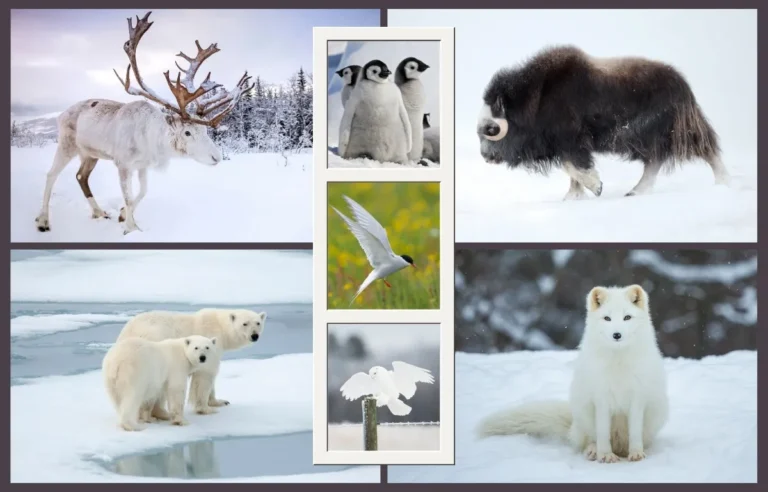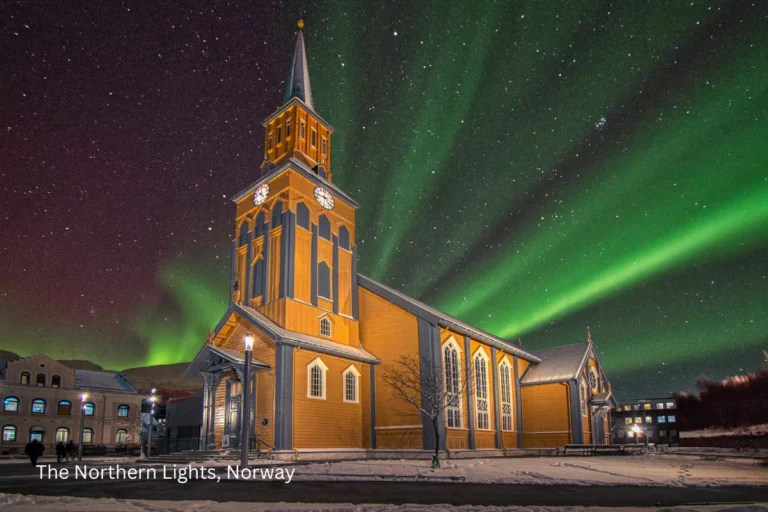Top 10 in things to do in Yellowstone National Park:
Step into a world where nature’s beauty knows no bounds at Yellowstone National Park, the world’s first national park. This awe-inspiring natural wonder, nestled in the heart of the United States, captivates visitors with its dramatic landscapes, abundant wildlife, and extraordinary geothermal features. Whether you’re a nature lover, an adventure seeker, or simply in search of tranquility, Yellowstone offers an experience unlike any other.
Explore Nature’s Masterpiece
Spanning over 2.2 million acres, Yellowstone is a diverse ecosystem filled with lush forests, expansive meadows, and rugged mountains. Imagine hiking the scenic trails leading to the breathtaking Lower Falls in the Grand Canyon of Yellowstone or exploring the tranquil shores of Yellowstone Lake, the largest high-elevation lake in North America. As you wander, you might spot bison grazing in Hayden Valley or catch a glimpse of elk along the banks of the Madison River. Every corner of the park offers a new adventure and a chance to connect with nature’s raw beauty.
Marvel at Geothermal Wonders
Yellowstone’s geothermal activity is one of its most captivating features. Housing about half of the world’s geysers, the park is a geothermal marvel. Witness the iconic Old Faithful, which erupts every 90 minutes, shooting boiling water up to 185 feet into the air. Don’t miss the Grand Prismatic Spring, the largest hot spring in the United States. Its striking rainbow colours, caused by thermophilic bacteria, are a sight to behold. Another hidden gem is the Norris Geyser Basin, where you can explore a dynamic landscape of steaming vents and bubbling pools…
Wildlife of Yellowstone
Yellowstone National Park is home to an incredible diversity of wildlife. Here are some of the notable species you can find there:

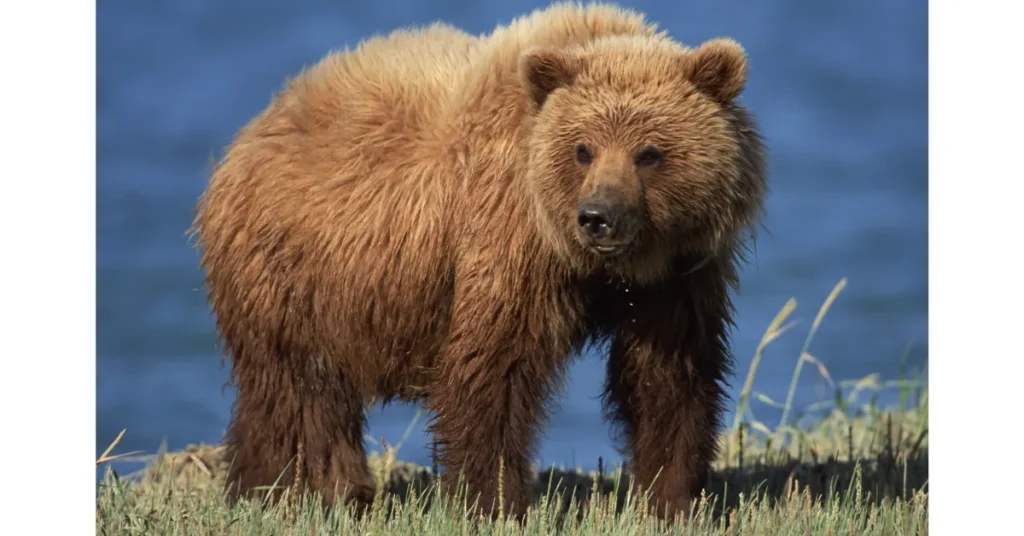
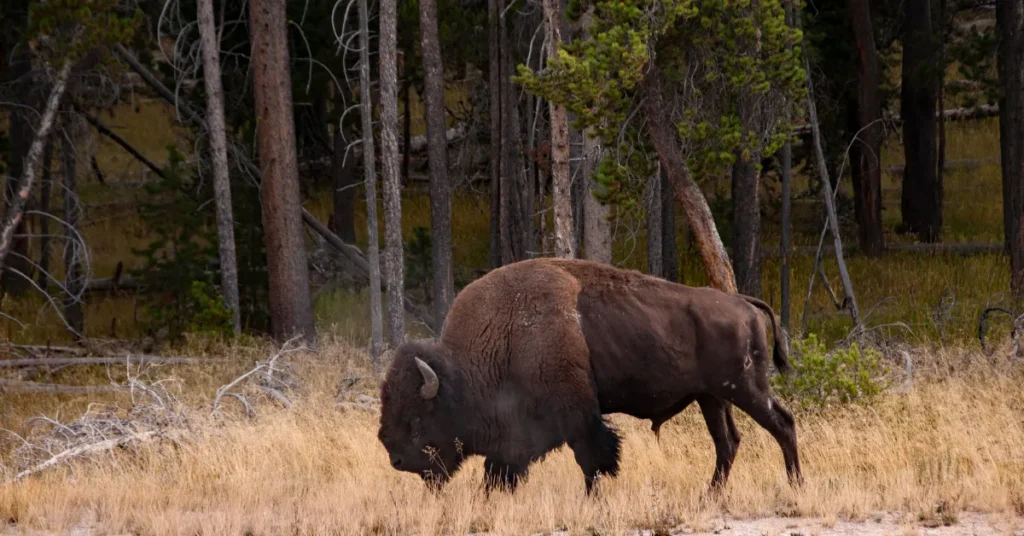
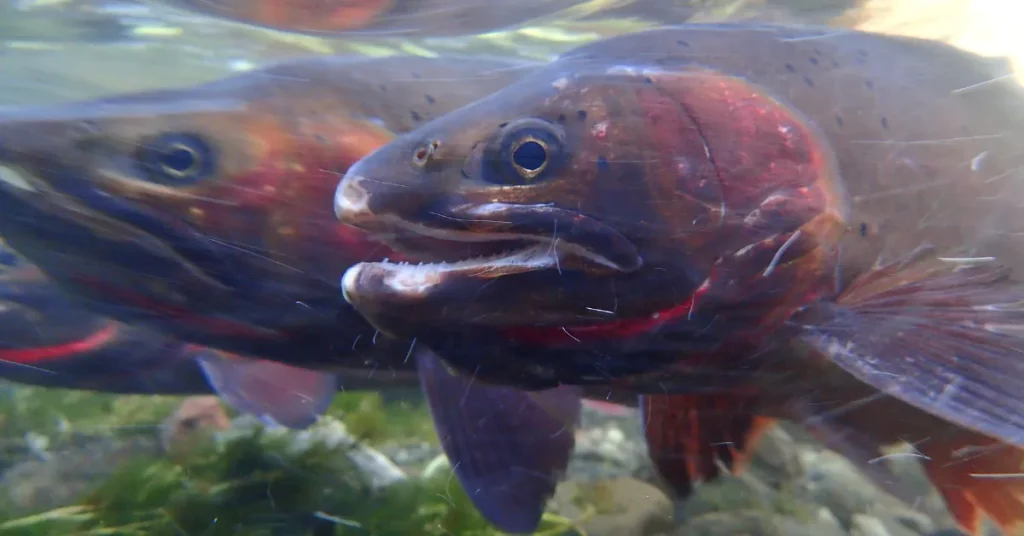
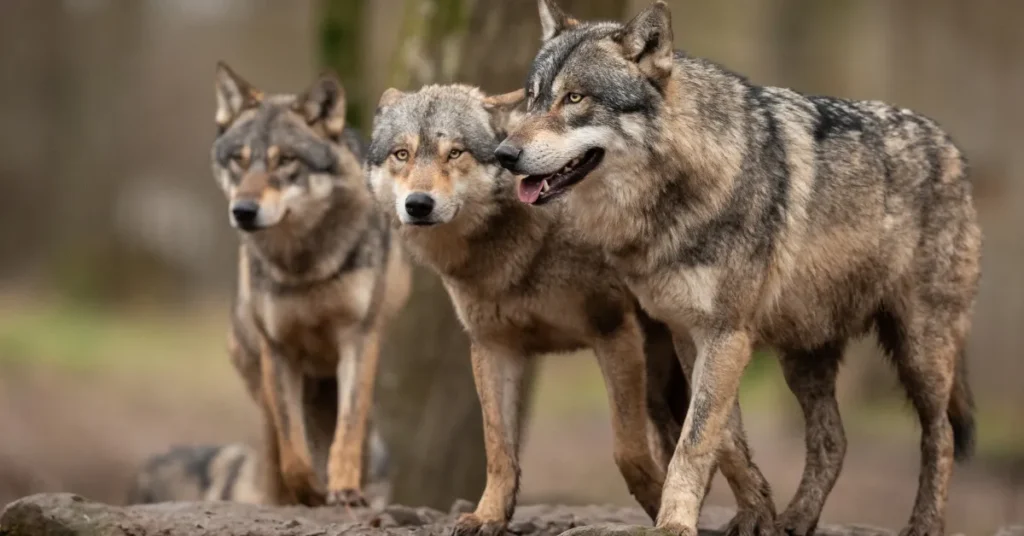
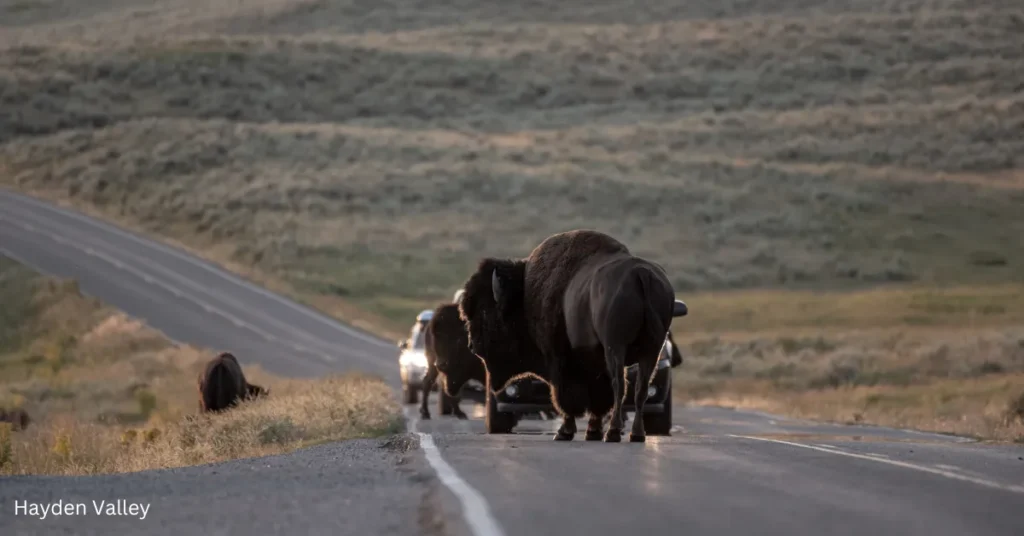
- American Bison: The largest grazing mammal in the park.
- Grizzly Bear: A threatened apex predator.
- Gray Wolf: Reintroduced to the park and a keystone species.
- Elk: The second largest deer species.
- Mountain Lion: The largest cat in the park.
- Bighorn Sheep: Known for their impressive climbing abilities.
- Moose: The tallest member of the deer family.
Birds
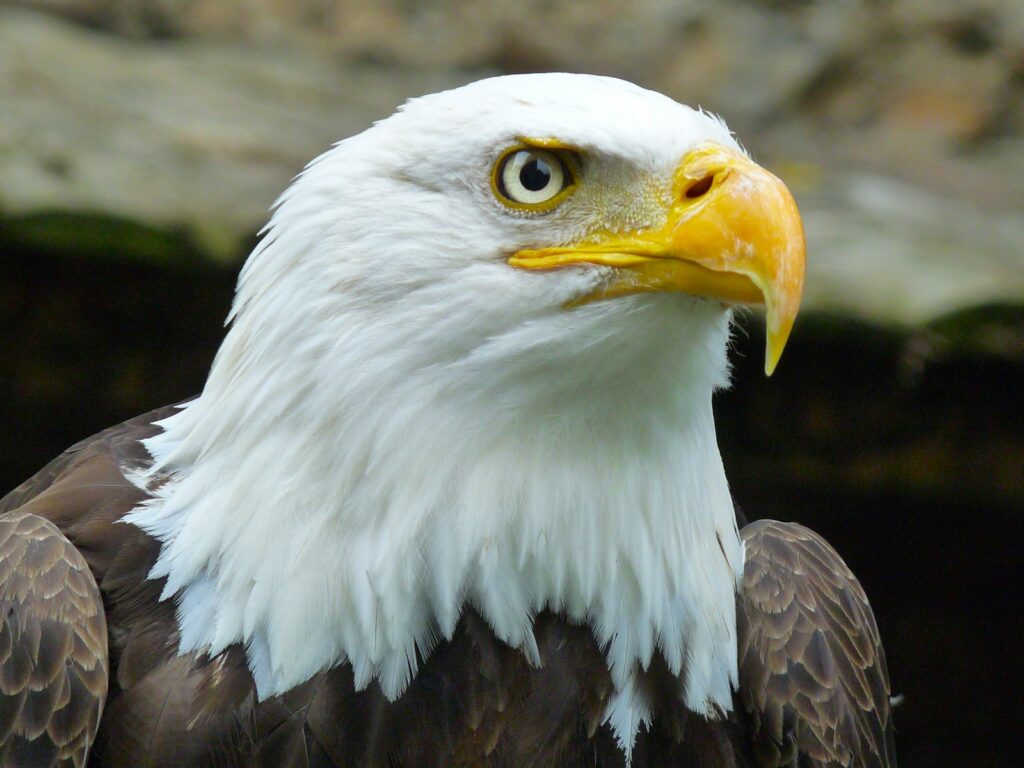
The national symbol and a prominent raptor.

The largest North American waterfowl.
- Bald Eagle:
- Trumpeter Swan: The largest North American waterfowl.
- Osprey: A fish-eating hawk.
- Sandhill Crane: A tall, gray wading bird.
Amphibians and Reptiles
- Boreal Chorus Frog: A tiny and vocal amphibian.
- Prairie Rattlesnake: The only venomous reptile in the park.
- Rubber Boa: A short and stout snake.
Fish
- Yellowstone Cutthroat Trout: A native and prized sport fish.
Yellowstone’s diverse habitats, from lush valleys to rugged mountains, support nearly 300 species of birds, 67 species of mammals, and numerous amphibians, reptiles, and fish123.
Have you ever visited Yellowstone, or are you planning a trip there?
Start Your Adventure Today
Yellowstone National Park is a treasure trove of natural beauty and adventure, waiting to be explored. Plan your visit and discover why this park continues to inspire and amaze visitors from around the world. Whether you seek thrilling adventures or tranquil moments in nature, Yellowstone promises an unforgettable experience. Dive into the wonders of Yellowstone and create memories that will last a lifetime.
Top Activities in Yellowstone
Hiking and Trekking
Discover the best hiking trails in Yellowstone, perfect for all levels of adventurers
Fairy Falls Trail:
This moderate hike takes you to one of Yellowstone’s most beautiful waterfalls. The trail also offers a stunning view of the Grand Prismatic Spring from above. The 5-mile round trip is perfect for families and photographers looking to capture the park’s vibrant geothermal colors.
Mount Washburn Trail:
For those seeking a more challenging hike, the Mount Washburn Trail is ideal. This 6-mile round trip trek rewards hikers with panoramic views from the summit at 10,243 feet. Keep an eye out for bighorn sheep and other wildlife along the way.
Lamar Valley:
Known as the “Serengeti of North America,” Lamar Valley is perfect for wildlife viewing. The area offers several trails where you can observe bison, wolves, and even grizzly bears in their natural habitat. Early morning or late evening is the best time for sightings.
Marvel at Geothermal Wonders
Yellowstone’s geothermal activity is one of its most captivating features. The park contains more than 10,000 hydrothermal sites, including geysers, hot springs, mud pots, and fumaroles.
Old Faithful:
No trip to Yellowstone is complete without witnessing Old Faithful. This iconic geyser erupts approximately every 90 minutes, shooting boiling water up to 185 feet into the air. The nearby Old Faithful Visitor Education Center provides insights into the geyser’s history and geothermal activity.
Grand Prismatic Spring:
Visit the largest hot spring in the United States, famous for its vibrant colors. The spring’s brilliant hues of blue, green, yellow, orange, and red are caused by thermophilic bacteria. Walk the boardwalk for close-up views, or hike the Fairy Falls Trail for an aerial perspective.
Norris Geyser Basin:
Explore the hottest and most dynamic geyser basin in Yellowstone. Norris Geyser Basin features a variety of geothermal phenomena, including Steamboat Geyser, the world’s tallest active geyser. The basin’s constantly changing landscape offers a unique experience with each visit.
Wildlife Watching
Yellowstone is a prime destination for wildlife enthusiasts, offering some of the best spots for observing a variety of animals in their natural habitats.
Lamar Valley and Hayden Valley:
These valleys are the best spots to see bison, wolves, and grizzly bears. Lamar Valley, in particular, is often referred to as the “American Serengeti” due to its rich biodiversity. Hayden Valley, located between Yellowstone Lake and the Grand Canyon of the Yellowstone, is another excellent location for wildlife watching, especially in the early morning and late evening.
Yellowstone Lake:
Bird watchers will delight in visiting Yellowstone Lake. This large, high-elevation lake is a great spot to observe bald eagles, ospreys, and a variety of waterfowl. The surrounding areas offer beautiful scenery and peaceful spots for picnicking.
Boating and Fishing
Yellowstone offers fantastic opportunities for boating and fishing, perfect for those looking to enjoy the park’s waters.
Yellowstone Lake:
Enjoy boating on Yellowstone Lake, with rentals available at Bridge Bay Marina. Whether you’re paddling a kayak, canoeing, or cruising in a motorboat, the lake’s beauty is unmatched. Guided boat tours are also available, providing a relaxing way to learn about the lake’s history and ecology.
Fishing:
Cast a line in Yellowstone’s rivers and lakes, home to several fish species, including the Yellowstone cutthroat trout. The park’s waterways offer some of the best fly fishing in the world. Be sure to check the regulations and obtain a fishing permit from the National Park Service. Popular fishing spots include the Madison River, the Firehole River, and the Lamar River.
Camping and Lodging
Yellowstone provides a variety of camping and lodging options to suit every visitor’s needs.
Campgrounds:
Choose from several campgrounds, both reservable and first-come, first-served. Popular options include Madison, Canyon, and Grant Village. Each campground offers different amenities, from basic tent sites to spots for RVs with full hookups. Reservations are highly recommended during peak season.
Lodging:
Stay in comfort at one of Yellowstone’s many lodging options. Historic lodges like the Old Faithful Inn provide a unique and charming experience, while modern hotels and cozy cabins offer more contemporary comforts. Lodging options are scattered throughout the park, including Mammoth Hot Springs Hotel & Cabins and Lake Yellowstone Hotel & Cabins. Book early to secure your spot in these sought-after accommodations.
Sustainable Travel Tips
Help preserve Yellowstone for future generations with these sustainable travel practices:
- Stay on Designated Trails: Protect fragile ecosystems by sticking to marked paths.
- Dispose of Waste Properly: Always use trash bins and recycle whenever possible. Pack out what you pack in to keep the park clean.
- Respect Wildlife: Observe animals from a distance and never feed them. Feeding wildlife can disrupt their natural behaviors and endanger both animals and humans.
- Use Reusable Items: Reduce plastic waste by carrying reusable water bottles, bags, and containers. Avoid single-use plastics and dispose of waste responsibly.
Plan Your Visit
Yellowstone is open year-round, but the best time to visit is from late spring to early fall when the weather is mild, and most facilities are open. For the latest updates on conditions, road statuses, and lodging options, check the park’s official website before your trip.
Conclusion
Yellowstone National Park is a true gem, offering endless opportunities for adventure and discovery. Whether you’re marveling at geothermal wonders, hiking through pristine wilderness, or simply enjoying the tranquility of nature, Yellowstone promises an unforgettable experience. Plan your visit today and immerse yourself in the wonders of this iconic park, creating memories that will last a lifetime.
FAQ
- What are the best times to visit Yellowstone? The best times to visit are from late spring to early fall when the weather is mild and most facilities are open.
- What are some must-see geothermal features in Yellowstone? Must-see features include Old Faithful, Grand Prismatic Spring, and Norris Geyser Basin.
- Where can I see wildlife in Yellowstone? The best places for wildlife viewing are Lamar Valley and Hayden Valley.
- What should I pack for a trip to Yellowstone? Essentials include comfortable hiking shoes, reusable water bottles, binoculars, and weather-appropriate clothing.


